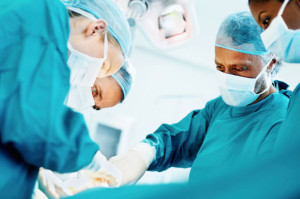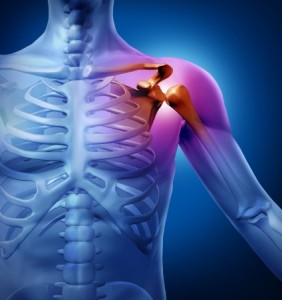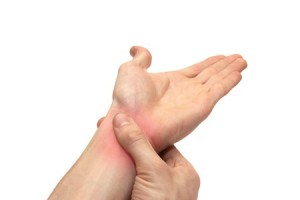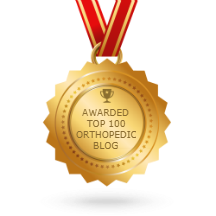Reliable Orthopedic Surgeon
 People with knee, hip, shoulder, back, elbow, or foot problems, may need to be treated by an orthopedic surgeon. Although most people with orthopedic problems don’t need surgery, an orthopedic surgeon can provide comprehensive treatment as well as performing any necessary surgery. Dr. Howard Marans is the most reliable orthopedic surgeon in CA.
People with knee, hip, shoulder, back, elbow, or foot problems, may need to be treated by an orthopedic surgeon. Although most people with orthopedic problems don’t need surgery, an orthopedic surgeon can provide comprehensive treatment as well as performing any necessary surgery. Dr. Howard Marans is the most reliable orthopedic surgeon in CA.
When to See an Orthopedist
Some orthopedic problems develop suddenly, after a fall or a sports accident. Other orthopedic problems develop more slowly, as time goes on. In such cases, it can be easy to accept chronic pain as just part of the “aches and pains” of growing older.
Although it’s normal to feel sore due to muscle strain and other issues from time to time, it’s not normal to experience persistent or severe pain. Severe pain, pain that has persisted for longer than a few days, or pain that is accompanied by symptoms like muscle weakness, all warrant examination by a physician.
What to Look for in a Surgeon
The outcome of treatment for an orthopedic problem depends on timely, accurate diagnosis, clear communication with the patient, and skilled execution of the treatment. Therefore, it’s important to research surgeons carefully before choosing a doctor.
Some of the key features to look for in a surgeon include:
- Experience – All doctors undergo extensive education and training before they practice on their own; even a “novice” physician is a medical expert. However, it’s true that doctors continue to develop their skills and judgment as they gain experience in the field. Most patients prefer to work with a doctor who has at least a few years of experience.
- Expertise – What is the doctor’s area of expertise? For example, an athlete with a sports injury should visit a doctor who has expertise in sports medicine.
- Board certification – Patients should look for a doctor who is a board certified orthopedist with a clean disciplinary record.
- Range of services offered – At the outset, it is not clear what treatment will be used for the condition. Therefore, it can be beneficial to choose a doctor who offers a range of treatments for a variety of conditions.
- Approach to treatment – What is the doctor’s approach to treatment? Ideally, the doctor should use surgery only when necessary, and prefer minimally invasive methods in cases where they are appropriate.
Top Fountain Valley Orthopedic Surgeon
The top orthopedic surgeon in CA is Dr. Howard Marans of OC Orthopedic. Dr. Marans has over two decades of experience treating patients for orthopedic conditions. He is a board certified orthopedist with expertise in sports medicine. He offers a range of orthopedic services, including arthroscopic surgery, internal rotation, and open reduction.
Dr. Marans would be happy to meet with you about your orthopedic health. Please click below to schedule your consultation or call us at 714.979.8981.











